Indian Food Dishes: Basic Overview
Common Ingredients
Common Cooking Methods
Courses
Meals
Key Taste
Eating Etiquette
Meal Presentation
Culinary Festivals
Influence and Fusion
Popular Types of Indian Dishes
-
Bread and Doughs
India offers various types of flatbreads, both leavened and unleavened, made from different kinds of flour like wheat, rice, or millet.
These breads are typically baked, fried, or cooked on a flat griddle. They range from fluffy and soft to crispy and flaky.
They are often served as side dishes, to scoop up curries, or as a base for various toppings in dishes.
-
Rice Dishes
Rice is a staple in many Indian regions.
The preparation and flavoring of rice dishes vary greatly across regions, often reflecting local ingredients and traditions.
-
Curries
Curries in India are incredibly diverse based on region.
They include a wide range of ingredients, from vegetables to meats and seafood, all cooked in a base of various spices and herbs.
Some are suitable for vegan or vegetarian diets, some are for non-vegan eaters.
Indian curries range from thick and creamy to light and brothy, with flavors that can be mild and aromatic or intensely spicy.
-
Desserts
Indian desserts are predominantly sweet and rich, often made with ingredients like milk, sugar, ghee (clarified butter), and nuts.
-
Snacks
These can range from savory chaats (a type of snack with various ingredients) to samosas (fried or baked pastry with savory filling).
Some of them are ideal street food items.
They are often enjoyed during tea time or as a part of gatherings and celebrations.
Indian dishes refer to a diverse and extensive range of culinary recipes and preparations that have been passed down through generations.
Indian cooking practices are deeply rooted in India’s cultural and regional heritage. Some dishes are more popular in one region than others, but most are well-loved throughout this South Asian country.
Indian cuisine diversifies due to the differences in climate, culture, ethnic group, occupations, soil, and traditions.
Local foods are also heavily influenced by various religious groups, such as Hinduism and Islam, and other cuisines in other South and Southeast Asian countries.
The famous Indian delight contains various types, like bread, rice dishes, soups, and desserts. These dishes make good use of local meat, herbs, spices, and vegetables.
Each dish has a detailed description, such as ingredients, cooking methods, accompaniments, or origin.
Moreover, I also offer detailed information about traditional food in India, its worldwide appeal, and its healthy factors. Later, you’ll also know how many regional cuisines they have with distinctive characteristics.
Next, you’ll discover which ingredients hardly appear in regular Indian meals and the general guidance of pairing drinks with dishes.
40 Popular Indian Dishes with Filters
As you explore 40 iconic dishes of India, you’ll have a closer look at the beauty of this country. For convenience, you can utilize filters for ingredients, taste, cooking methods, dish categories, etc., to find dishes that tantalize your taste buds.
Additionally, it’s also essential to gain insights into six categories: most popular, traditional, national, street food, exotic, and fusion delights of this country’s cuisine.
While India does not have an official national dish, Khichdi, a dish made from rice and lentils, has been considered its national specialty.
Indian street foods are flavorful; some are spicy snacks. Available at every corner, from markets to small streets, they are typically small bites like chaat, vada pav, pani puri, and more.
Indian cuisine does not shy away from the exotic, with dishes using special ingredients and preparation methods you can only find in India.
Indian fusion delights are a symphony of flavors where traditional Indian elements like paneer, masalas, and local vegetables are infused with international tastes, such as Arab or European.
Biryani
- National
- Traditional
Biryani is one of the most popular dishes in India.
The locals often combine rice with vegetables, spices, and sometimes meat (beef, chicken, goat, or lamb) or seafood (fish or shrimp). Several areas even add eggs or potatoes to the biryani.
Each Indian region has its own biryani, whose name changes according to the region. For example, the Sindh region has Sindhi biryani, while Hyderabadi biryani comes from Hyderabad.
Tandoori Chicken
- National
- Traditional
Tandoori chicken is a traditional Indian chicken dish roasted in a tandoor.
The chicken is marinated with cayenne pepper, Kashmiri chili pepper, red chili pepper, turmeric, and yogurt for the best flavor and color.
Tandoori chicken suits well with an appetizer and a main dish, served with naan. Tandoori chicken also becomes the base for other cream-based curries like butter chicken.
Chicken Tikka
- Traditional
Chicken tikka is a classic chicken dish popularized throughout India in the Mughal era.
It traditionally contains small boneless chicken pieces marinated in Indian curd and spices before placing them on skewers and grilling these chicken skewers on a brazier or over charcoal.
This Indian chicken dish goes with coriander, onion rings, and tamarind chutney. Besides eating chicken tikka alone, many Indians also use it to make chicken tikka masala (grilled chicken in spiced tomato sauce).
Naan
- Street Food
- Traditional
Naan is a traditionally leavened flatbread in India.
This leavened flatbread is either baked in a tandoor (an Indian clay oven) or fried in a tawa (a metal frying pan). The common leavening agent is a bread starter or yeast.
Naan replaces spoons for scooping other common Indian foods, such as curries, soups, or gravies. This leavened flatbread is a wrap for various ingredients, like cheese, meat, or vegetables.
Roti
- Traditional
Roti is another round, unleavened flatbread native to India. Roti’s dough consists of stone-ground flour called gehu ka atta and water.
Besides gehu ka atta, roti is also made with maize, millet, rice, or sorghum flour. Native people often use roti to scoop curries or cooked vegetables.
When cooked in a tandoor oven, roti is called “tandoor roti.”
Chapati
- Traditional
Chapati is a traditional unleavened flatbread from India and has now become a staple in many Indian meals and as a street food as well.
Chapati uses a soft dough made of whole wheat flour known as atta flour and water. Then, the locals cook both sides of chapati on a dry tava and serve it with butter or ghee.
Chapati sometimes has additional ingredients like paneer, grated radish, or turmeric powder. Indian people also use chapati as a wrap for various vegetables like carrots, fenugreek, peas, or potatoes.
Samosa
- Fusion
- National
- Street Food
- Traditional
Samosa is a traditional fried pastry with a savory filling widely eaten across India.
Indian samosa usually uses all-purpose flour for the dough, then adds the filling of boiled potatoes, green peas, lentils, and onions.
They also sometimes add meat to the filling or turn samosas into a sweet treat. Then, samosas get deep-fried in vegetable oil.
Samosas taste the best when hot, usually served with tamarind paste, yogurt, or green chutney, like coriander or mint. They are a perfect appetizer, main course, and snack.
Khichdi
- National
- Traditional
Khichdi (or khichri) is an ancient Indian dish consisting of lentils and rice with countless variants.
While the locals add various vegetables, like cauliflower, green peas, or potatoes, to khichdi, the most popular versions are bajra (pearl millet) and moong dal (mung bean) khichdi.
Khichdi is a regular solid food for babies in many Indian regions, particularly in the North. This lentil and rice dish was once unofficially considered India’s national dish in 2017 by the media.
Dal Makhani
- Traditional
Dal makhani is a famous North Indian dish made from whole black lentils (urad dal) and kidney beans (rajma), slow-cooked to creamy perfection.
It’s infused with several spices, like garlic, ginger, and garam masala, and finished with generous amounts of butter and cream.
Its velvety texture and deep, complex flavor are good to pair with naan or rice.
Pulao
- Traditional
Pulao (or commonly known as pilaf) is a popular Indian mixed rice dish with lentils, meat, or vegetables.
Pulao’s vegetables are mainly carrots, green beans, peas, and potatoes. Meanwhile, pilaf often uses chicken, fish, goat, lamb, pork, or prawn as the main protein.
Due to pulao’s high content of food energy and fat, it’s often eaten as a lunch or dinner dish, served with raita or spiced yogurt.
During special events like weddings, the locals make a more elaborate pulao called hazar pasand (a thousand delights).
Butter Chicken
- National
Butter chicken (or murgh makhani) is a traditional Indian chicken curry from Delhi.
This delicacy gets its name because of the makhan sauce made from butter, tomato, and other spices, famous for its rich texture.
To cook murgh makhani, the marinated chicken is prepared by grilling, oven-roasting, or pan-frying but traditionally cooked in a tandoor (clay oven). Then, it is served in a creamy sauce enriched with butter.
Rogan Josh
- Traditional
Rogan josh (also known as chole masala, or chole) is a signature meat curry in Kashmir, India. It’s vital to the wazwan (a multi-course meal in Kashmir).
This curried meat traditionally uses red meat, such as goat, lamb, or mutton, and braises it in a gravy.
Besides usual Indian aromatic spices, the gravy also contains alkanet flowers and Kashmiri chilies for rogan josh’s unique red color and aroma.
Aloo Gobi
- Traditional
Aloo gobi (or aloo gobhi or alu gobi) is a time-honored Indian curry using cauliflower and potatoes.
Originating in North India, aloo gobi has a signature yellowish color due to turmeric. It sometimes contains black cumin and cumin leaves for more aromas and flavors.
While aloo gobi is already popular throughout India, the locals in Bengal, Nepal, and Pakistan also love alu gobi.
Dum Aloo
- Traditional
Dum aloo (or aloor dum or aloo dum) is a potato curry widely consumed in India and Pakistan.
The dish is often prepared by first frying or boiling the potatoes, then cooking them slowly at low heat (dum cooking) in a mixture of aromatic spices, tomatoes, and yogurt or cream.
Dum aloo’s sauce differs based on region. For example, in the Kashmir Valley, aloo dum’s sauce contains cashew nut paste, khoya, and yogurt.
Meanwhile, Banarasi people make dum aloo’s sauce with onions and tomatoes. Finally, flatbread like naan is always among the popular Indian foods suitable to go with dum aloo.
Vindaloo
- Fusion
- Traditional
Vindaloo, also called goan vindaloo or vindalho, has been a fiery and tangy curry dish in India for a long time.
Originating from Goa, it has Portuguese influences and typically features marinated meat, often pork, cooked with a bold blend of vinegar, garlic, and hot chili peppers.
Vindaloo is well-known for its spiciness. Goan vindaloo originally used pork as the main protein, but modern versions utilize different choices, like beef, chicken, lamb, mutton, tofu, and vegetables.
Vada
- Street Food
- Traditional
Vada (aka vadai, vade, or bada) traditionally refers to all savory fried snacks originating in South India, including cutlets, dumplings, and fritters.
Vada’s name changes according to the vegetable stuffing. For instance, South Indian medu vada is stuffed with legumes, while batata vada in West India uses potatoes.
It’s a common breakfast or snack pairing with chutneys and lentil-based vegetable stew. But vada sometimes becomes a part of other foods, like dahi vada (vada soaked in dahi yogurt) and vada pav (a vegetarian fast food).
Aloo Mutter
- Traditional
Aloo mutter is a vegetarian North Indian dish with peas and potatoes.
These 2 vegetables are simmered in a creamy tomato gravy mildly seasoned with cumin seeds, garam masala, red chili, turmeric, and other spices.
Besides a common filling for pancakes, aloo mutter is an iconic dish often served in North Indian restaurants in Western countries.
Chana Masala
- Traditional
Chana masala is a traditional chickpea curry in North India.
The locals soak raw chickpeas in water overnight to make this chickpea curry. Afterward, they drain and rinse these chickpeas before cooking them with onions, tomatoes, and other spices.
Chana masala uses numerous Indian spices, but the most common ones are cumin, coriander powder, garam masala, and turmeric.
This chickpea curry usually goes with bhatoora (deep-fried leavened sourdough bread) to make a combo called chole bhature.
Paratha
- Traditional
Paratha is one of India’s most famous unleavened flatbreads, with its roots in South Asia. Paratha’s dough is made from atta and maida flour (wheat flour).
Each dough layer is coated with ghee or oil and folded on top of each other, creating a thick texture.
Paratha is vital to Indian traditional breakfasts, with common condiments such as butter, chutney, ketchup, pickles, or yogurt. Paratha also goes well with curries, omelets, and other Indian dishes.
Some Indian people even roll paratha into a tube and dip it into tea for midday snacks.
Dosa
- Street Food
- Traditional
Dosa is a signature savory pancake in South India, made by fermenting a batter of black lentils and rice and grilling on a hot tava. Dosa is often served hot with chutney and vegetable stew.
Masala dosa is among the most popular dosa varieties made by roasting, often paired with chutney, potato curry, and sambal.
Aside from it, there are also saada dosa (plain dosa) with lighter texture or rava dosa using semolina.
Modern dosa is even more diverse, with dosa filled with cheese, paneer, or pizza.
Palak Paneer
- Traditional
Palak paneer is a famous Indian dish with chhena or paneer cheese (Indian cottage cheese) in a thick puréed spinach paste, thus its other name: palak chhena. Palak paneer usually goes with boiled rice or kinds of Indian flatbread.
People in the Anglosphere use palak chhena interchangeably with saag chhena/saag paneer, another Indian leafy vegetable dish.
But these 2 dishes are different since saag chhena uses different leafy veggies like mustard greens, while palak paneer only has spinach.
For the best palak paneer experience, try it at Indian dhaba restaurants (roadside restaurants).
Puri
- Street Food
- Traditional
Puri is a traditional Indian deep-fried bread using unleavened whole wheat flour.
This deep-fried treat appears in many Indian meals, whether breakfast, midday snacks, or light meals. Besides eating, puri is also integral to ceremonial rituals and other vegetarian foods.
Puri goes well with both savory and sweet dishes. Among them, aloo bhaji (a spiced potato dish) is a common partner with puri, creating a combination called puri bhaji.
Panipuri
- Street Food
- Traditional
Panipuri is a common Indian street food consisting of a deep-fried breaded ball, chickpeas, onions, or potato filling.
Panipuri’s main flavor source is “pani”, flavored water. Regular flavors are tamarind and mint water.
These street food items also have spicy versions using green or jalapeno chili water, while the tangy variations go with lemon or tomato water. Some places even serve sweet panipuri with dates or other fruit juices.
Pakora
- Street Food
- Traditional
Pakora is an Indian fritter usually made of vegetables like onions, potatoes, spinach, etc. The vegetables are coated in a batter of gram and rice flour before deep-frying.
Pakora goes well with chutney and raita as an appetizer or a snack. Indian weddings also see pakora served with masala chai (masala tea). Several regions like Tamil Nadu or Maharashtra call pakora “bhaji”.
Besides India, you’ll easily meet pakora in other South Asian countries, especially restaurants or street vendors.
Gulab Jamun
- Street Food
- Traditional
Gulab jamun is a popular Indian dessert ball made with semolina and khoya.
These dessert balls are usually deep-fried in oil or ghee at low temperatures to ensure it is thoroughly cooked.
Then, they are soaked in syrup containing green cardamom, rose water, and saffron. Almonds and cashews are often sprinkled on top of gulab jamun as garnishes.
Gulab jamun tastes the best when hot, and served with ice cream. Gulaab jamun usually appears in major Indian celebrations like birthdays, marriages, and cultural festivals.
Kulfi
- Street Food
- Traditional
Kulfi is an Indian frozen dairy dessert originating in Delhi during the 16th century.
While kulfi is considered “Indian traditional ice cream”, this frozen dairy dessert is creamier and denser than regular ice cream since the milk isn’t whipped.
Kulfi comes in countless flavors. Traditional kulfi flavors are malai (clotted cream), cardamon, mango, pistachio, rose, and saffron. In contrast, modern versions often include apple, avocado, orange, peanut, or strawberry.
Barfi
- Traditional
Barfi, or burfi, is a milk dessert eaten across India, particularly in North India.
To make barfi, the locals mix khoa or khoya (condensed milk) with granulated sugar and cook them until the mixture reaches a fudge-like texture.
When the barfi mixture has cooled down, it’s cut into circle-, diamond-, or square-shaped pieces. These burfi pieces are often sprinkled with coconut, ground nuts, or milk powder.
However, during special occasions like Diwali and Holi (the Festival of Colors, Love, and Spring), barfi is coated with vark (a fine filigree metal leaf).
Idli
- Street Food
- Traditional
Idli, or idly, is a savory steamed rice cake from South India. Idli mainly utilizes fermented dehusked black lentils and rice for its batter. Still, other idli versions exist, such as rava idli made with semolina.
Since plain idlis are quite mild, people often serve this savory steamed cake with coconut chutney or stew as a common breakfast.
Papadam
- Street Food
- Traditional
Papadam (shortened as papad) is an Indian snack made from black gram bean dough cooked with dry heat or deep-fried to gain a crunchy texture.
This snack also uses other flours made with different ingredients, like chickpea, lentil, millet, potato, rice, or tapioca.
Papadam often appears in Indian meals as a starter or a side dish with chutneys, chopped onions, and chili peppers. Papad is also a common component of Indian curries.
Kachori
- Street Food
- Traditional
Kachori is a deep-fried pastry originating in the Indian subcontinent. Kachori often uses besan (chickpea flour) and moong dal for a sweet and savory flavor.
They are then shaped into balls before deep-frying until golden brown. While there are countless varieties in different regions, kachori is commonly filled with lentils (dal kachori) or onions (pyzaas kachori).
As a popular snack and street food, kachori usually goes with mint chutney, tamarind chutney, or yogurt. Kachori also appears in other festivals and special occasions.
Kofta
- Traditional
Kofta refers to various meatballs or meatloafs adapted in India, with roots in the Middle East.
Kofta is made with minced meat, whether beef, chicken, lamb, mutton, or pork. The locals also mix different types of meat with other ingredients to diversify kofta.
The minced meat is seasoned with local spices, such as coriander, cumin, garam masala, or turmeric, before shaping into balls or cylinders.
Frying, steaming, or simmering is a common way to cook it in a rich gravy. Finally, these meatballs are served with Indian bread or rice.
Madras Curry
- Traditional
Madras curry is a hot curry originating in Madras City, Southern India, hence its name.
Also called Madras sauce, Madras’ heat and red-orange color come from a large amount of chili powder, paprika, and turmeric.
As Madras is among the best Southern Indian foods, it often goes with rice instead of flatbreads. Other common accompaniments are fresh coriander and raita.
Sambar
- Traditional
Sambar is a South Indian lentil-based vegetable stew with lentils, pigeon peas, coconut, and tamarind broth. Therefore, it’s renowned for its tangy and savory taste.
It’s spiced with sambar powder, which typically includes roasted lentils, dried red chilies, fenugreek seeds, and coriander seeds. This lentil-based dish is often served with rice, idli, dosa, or vada.
Each South Indian region has its own sambar, using different condiments and cooking methods.
Pav Bhaji
- Street Food
- Traditional
Pav bhaji is a street food from Mumbai city, India, including a thick vegetable curry and a soft bread roll.
Starting as a quick lunch food for textile mill workers, pav bhaji is now available everywhere in India, from hand carts to formal restaurants.
Pav bhaji’s vegetable curry often uses bell peppers, carrots, chilies, onions, peas, potatoes, and tomatoes.
Pav bhaji is also a common fast food in which vendors cook this vegetable curry on a tava to keep it hot until serving. While bread roll is the standard accompaniment, several places also use other flatbreads.
Upma
- Street Food
- Traditional
Upma (also known as uppumavu, or uppittu) is a traditional thick porridge popular in many Indian regions as a breakfast.
Some of the most famous upma varieties have the main ingredients of semolina, whole wheat, rice, or corn.
Besides these ingredients, upma also contains different seasonings and vegetables. The diverse cooking ingredients and cooking time also affect upma’s texture.
Idiyappam
- Traditional
Idiyappam is a string hopper dish originating from Kerala and Tamil Nadu, India.
To make this string hopper, the locals press rice flour into noodles and turn these noodles into a flat, disc shape before steaming.
While idiyappam is slightly sweet, Indians usually serve this string hopper with savory dishes, like vegetable stews or curries, for breakfast.
Shrikhand
- Traditional
Shrikhand is a strained yogurt dish with a creamy, smooth texture.
It’s a traditional dessert from 2 main Indian cuisines: Gujarati and Marathi.
Shrikhand is usually part of the thali platter or served with deep-fried bread. The locals sometimes garnish this strained yogurt with almonds or pistachios before serving.
Ras Malai
- Traditional
Ras malai is an Indian dessert with a possible origin in Bengal.
Originally called rosomalai or roshmalai, ras malai are flattened balls made of chhena cheese. These chhena balls are cooked in hot water, and then soaked in milk.
Ras malai is also filled with sweet pudding, pistachios, and saffron for more flavors. In several states, ras malai looks like rasgullas, another Indian syrupy dessert ball.
Kheer
- Traditional
Kheer is a popular sweet pudding made by boiling milk, rice, and sugar or jaggery (non-centrifugal cane sugar) in India.
Also known as payasam, kheer is often seasoned with almonds, cardamom, cashews, desiccated coconut, pistachios, raisins, saffrons, and other dried fruits or nuts.
Kheer has been part of the Indian diet since ancient times, with countless variations replacing rice with bulgur wheat, sweet corn, millet, tapioca, or vermicelli.
Ghevar
- Traditional
Ghevar or ghewar is an Indian sweet cake made of flour, ghee, and sugar syrup, with a disc shape. Common toppings for ghevar are nuts, saffron, and different spices.
While ghevar comes from Rajasthan, it’s also popular in other Indian states like Delhi, Gujarat, Madhya Pradesh, and Uttar Pradesh. Ghevar even appears in foreign countries as an exported food.
As part of the Rajasthani tradition, ghevar is connected with the Shravan month and other cultural festivals like Raksha Bandhan. Ghevar is also a common gift for newly married daughters in Rajasthan
List of Indian Dishes
How Many Regional Cuisines Are There in Traditional Indian Foods?
Traditional Indian cuisine has been divided into 5 main regional types: North Indian, South Indian, East Indian, Northeast Indian, and West Indian cuisine.
North Indian specialties are known for rich gravies, dairy-based curries, tandoori cooking, and a variety of breads like naan and roti.
The cuisine of West India is diverse and includes culinary styles from Gujarat, Maharashtra, Rajasthan, and more, with a rich variety of snacks and sweets.
East Indian cuisine emphasizes fish and rice, with a penchant for sweets and mustard oil-based cooking.
Northeast Indian delights provide a blend of tribal cuisines, less spicy foods, with an emphasis on boiled and fermented ingredients.
The cuisine of West India is diverse and includes culinary styles from Gujarat, Maharashtra, Rajasthan, and more, with a rich variety of snacks and sweets.
These regional cuisines are not totally separated. Whether North, South, East, or West India, they influence each other and create different fusion foods.
Next, let’s find out what food items are not ideal to consume in the country.
What Not to Eat in India?
While Indian cuisine is well diverse, there are still some foods and drinks prohibited in this South Asian country, as listed below:
What Are Ideal Beverages To Pair With Indian Dishes?
Suitable beverages of Indians to pair with dishes include:
Finally, I hope you guys have a good time exploring these offerings and learning new things about Indian cuisine in general. Please click like or share it if you love this article. Thank you, and hope to see you again!


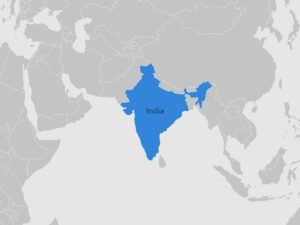

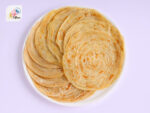
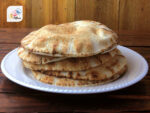
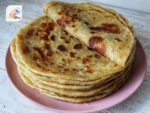
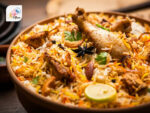
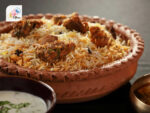
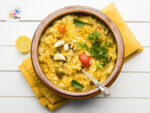
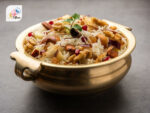
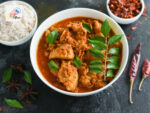
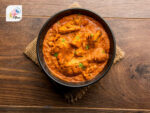
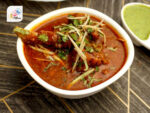
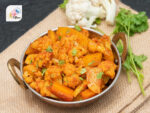
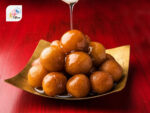
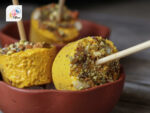
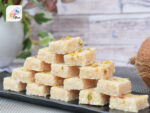
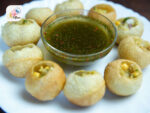
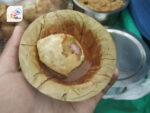
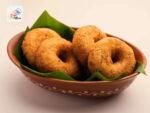

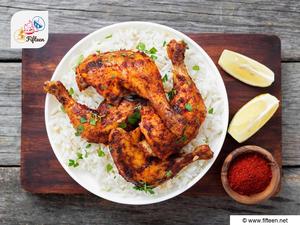
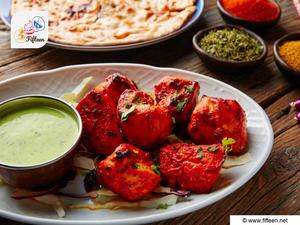
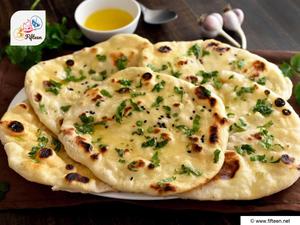
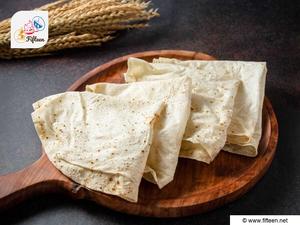
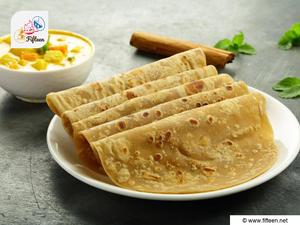
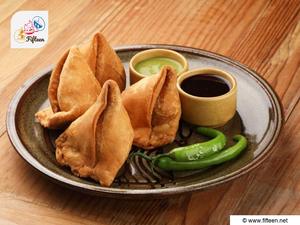
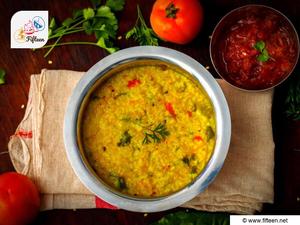
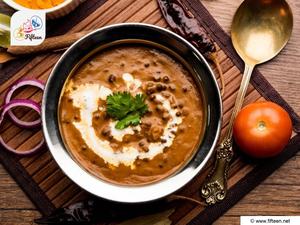
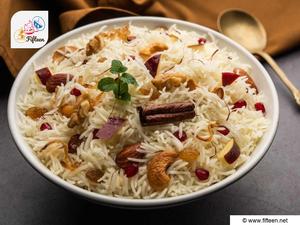
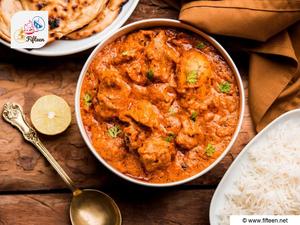
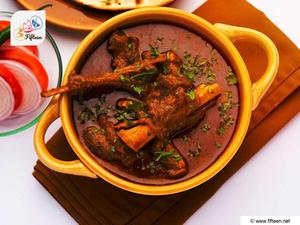
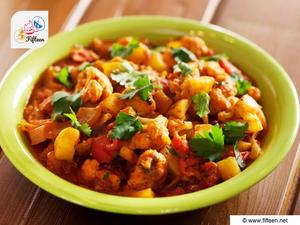
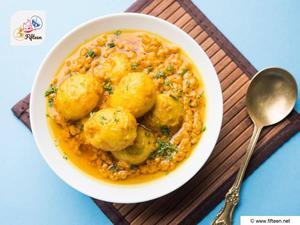
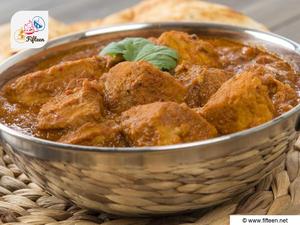
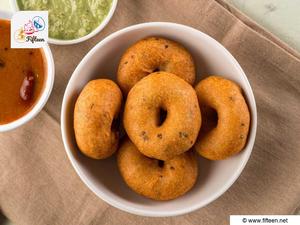
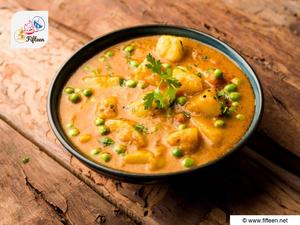
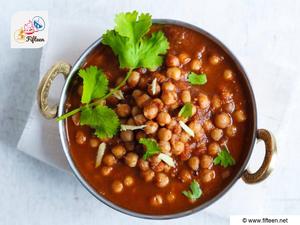
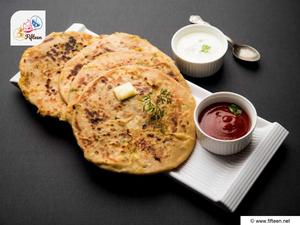
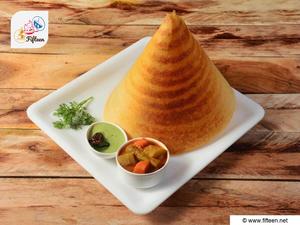
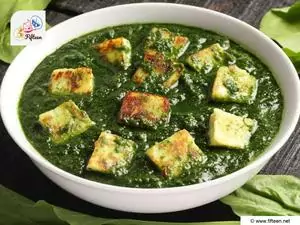
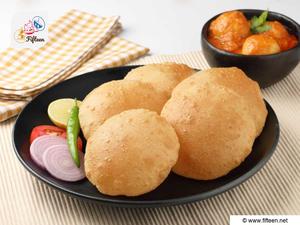
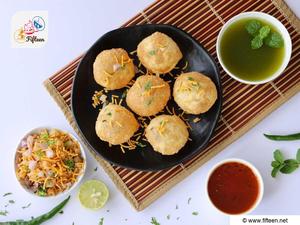
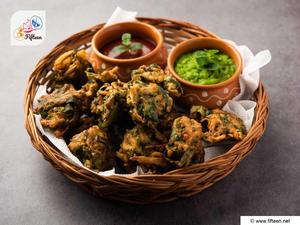
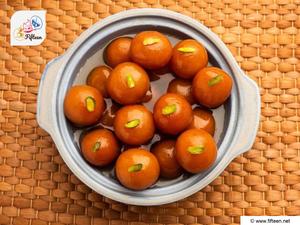
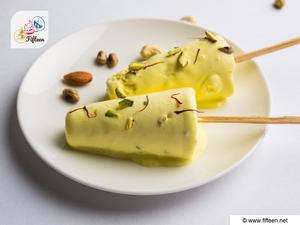
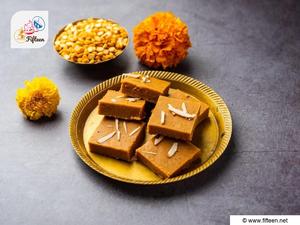
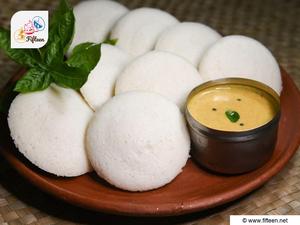
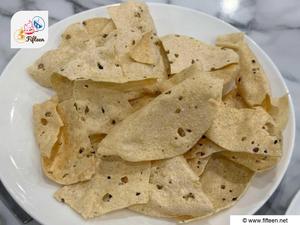
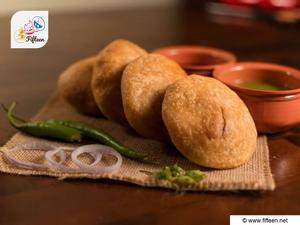
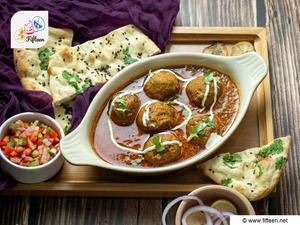
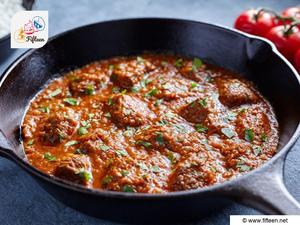
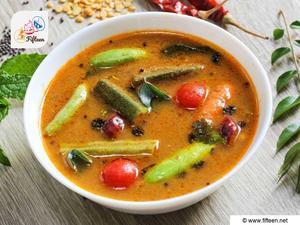
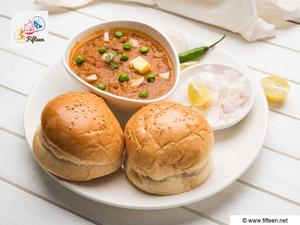
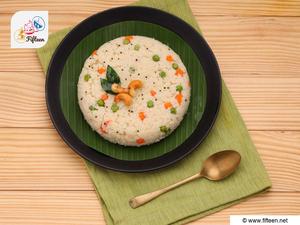
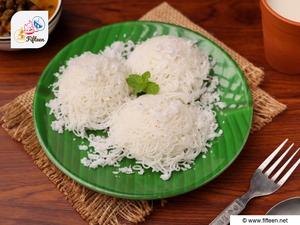
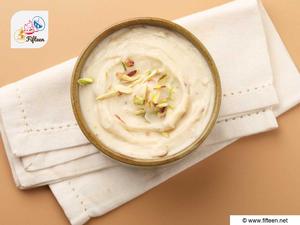
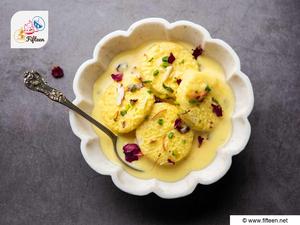
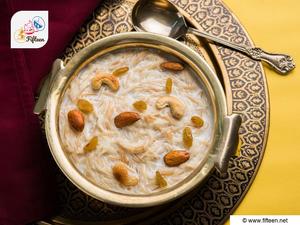
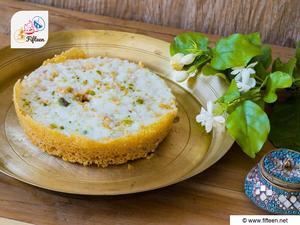
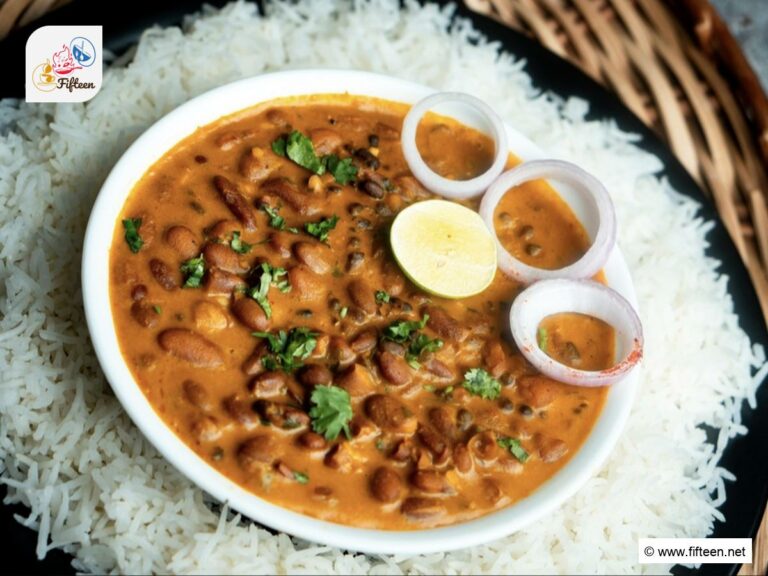
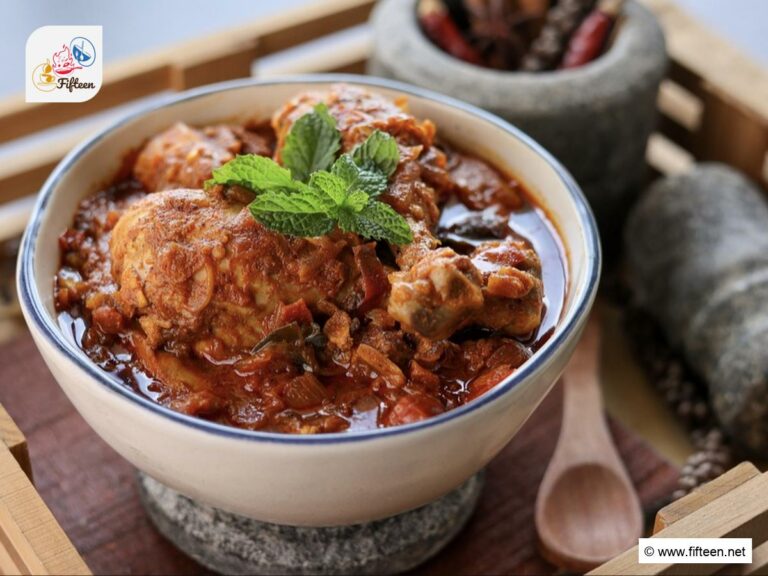
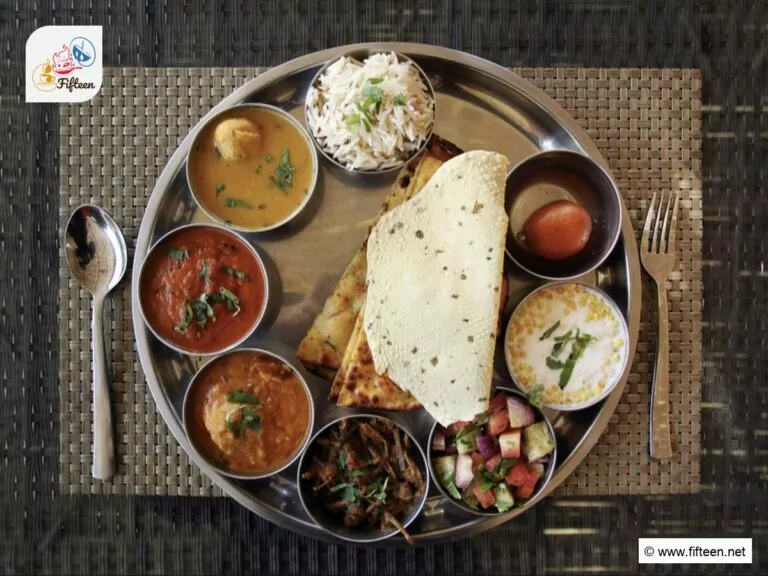
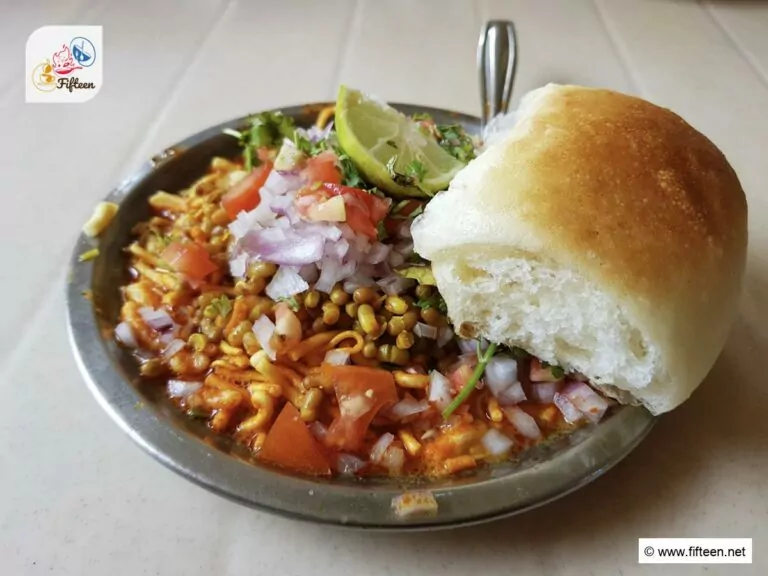
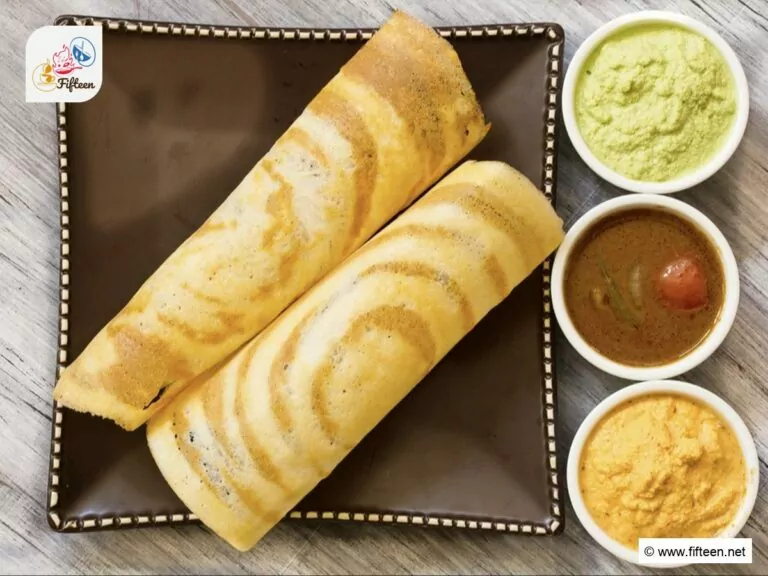
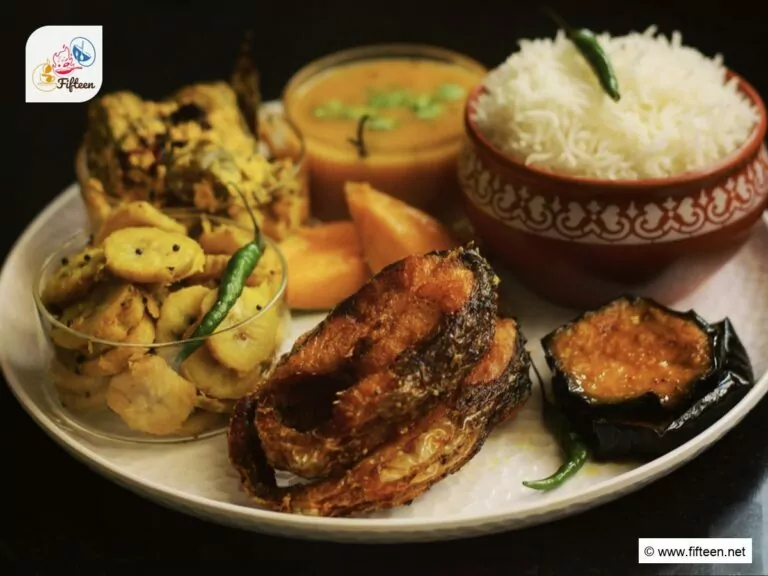
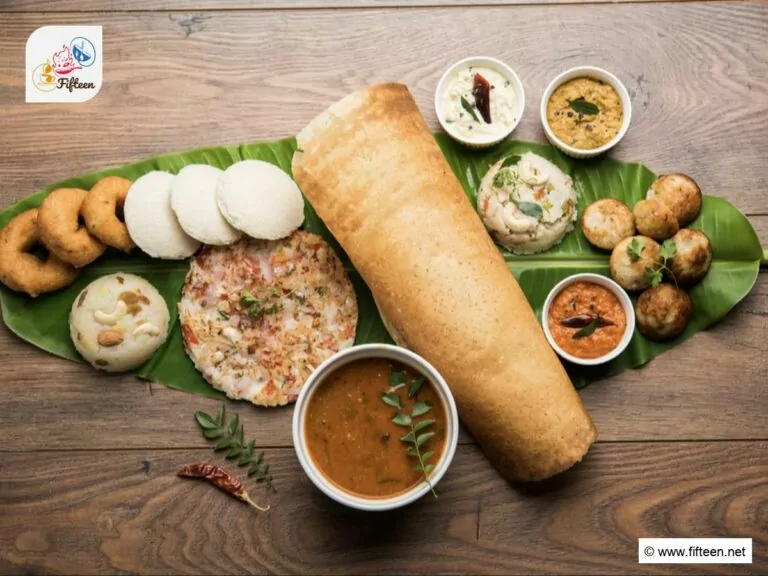
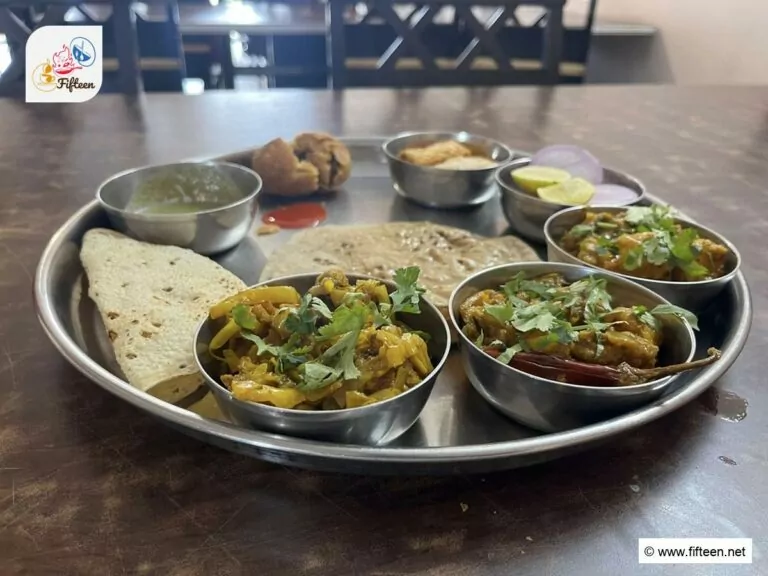
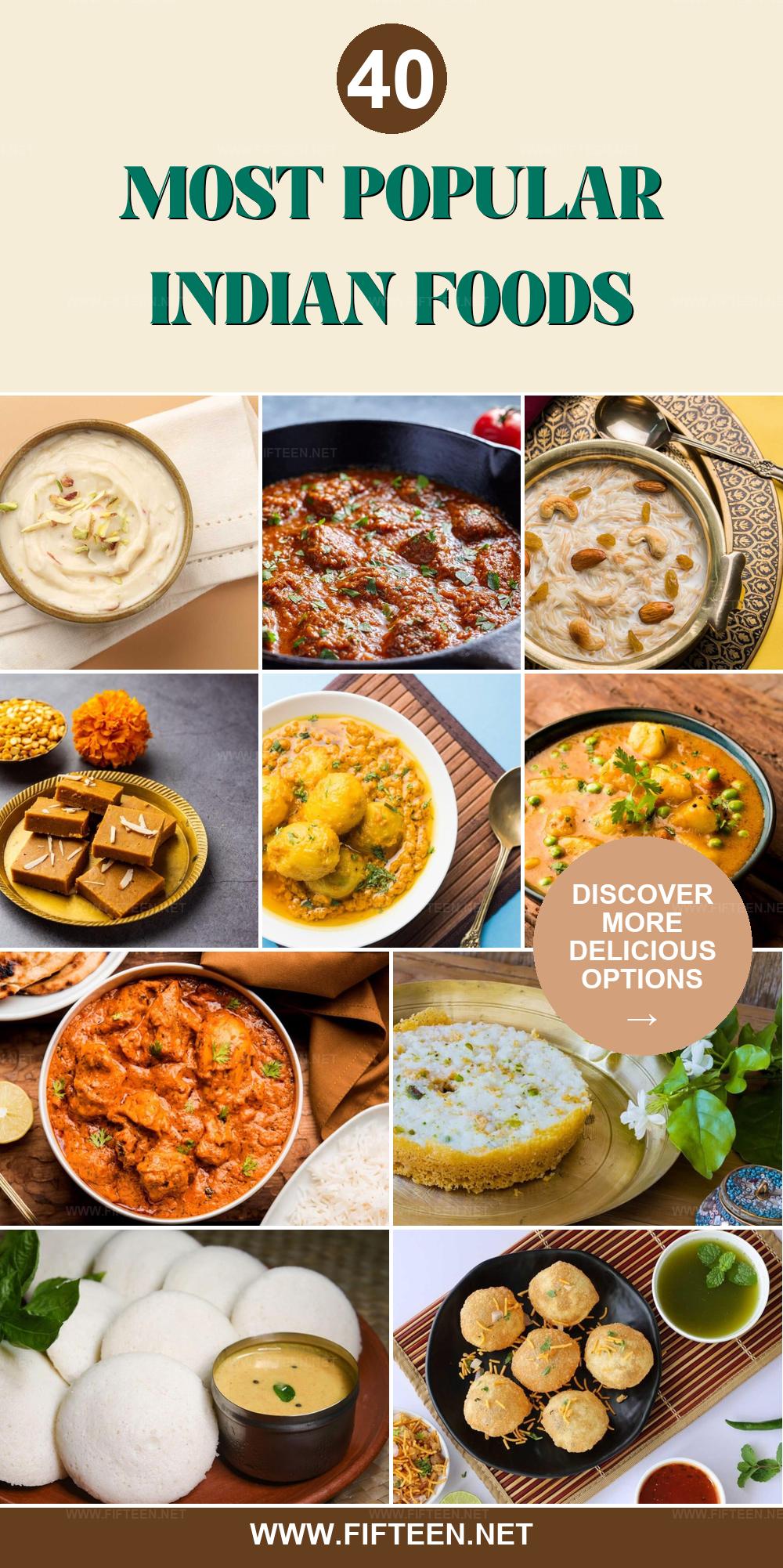
Jamie Scott
Editor in Chief, Senior Content Writer
Expertise
Home Cooking, Meal Planning, Recipe Development, Baking and Pastry, Food Editor, Cooking-video Maker, Western Food Evaluation Expert
Education
Le Cordon Bleu College of Culinary Arts
Local Community College, New York, NY
Jamie Scott is a skilled culinary expert and content creator specializing in Western cuisine. With over 15 years in the culinary field and formal training from Le Cordon Bleu, Paris, Jamie deeply understands how to blend nutrition with delicious flavors. His passion for cooking matches his commitment to making healthy eating accessible and enjoyable.
On Fifteen.net, Jamie brings a fresh perspective to classic dishes and beverages, offering readers insightful recipes, cooking tips, and a fresh view on meal planning that emphasizes taste, health, and simplicity.